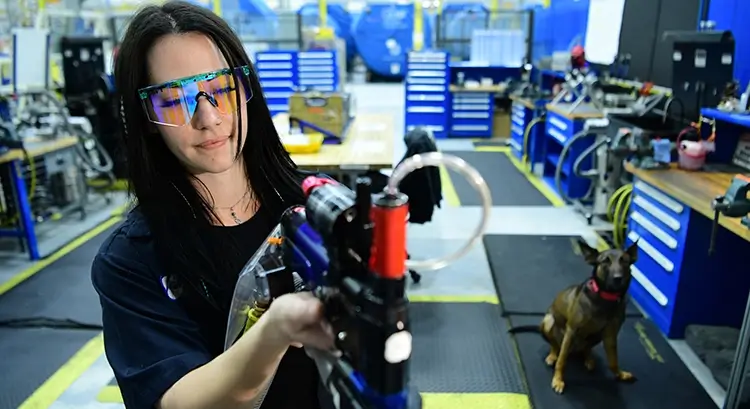U.S. security clearances in the aerospace and defense industry
Security clearances are required for some jobs in aerospace and defense. Different levels of security clearance determine the types and sensitivity of information you can access. In all cases, the authority to issue a security clearance – or to grant or deny an application for a security clearance – is held only by the U.S. government.
U.S. security clearance levels
The three clearance levels, ranked from lowest to highest, are:
- Confidential
- Secret
- Top Secret
Individuals with a security clearance may be required to apply for additional access types, like Sensitive Compartmented Information (SCI) or Special Access Program (SAP) access.
Each level of clearance, and additional access type, requires a different kind of background investigation. The higher the clearance level, the more complex and in-depth the review. For example, some types of access may require a polygraph test.
What is an interim security clearance?
An interim security clearance is a temporary authorization allowing you to access classified information while your full clearance application is being processed. It enables you to start working on sensitive projects sooner, though it doesn't guarantee a final clearance will be granted.
Can I transfer an active security clearance?
The transfer of a security clearance is a matter within the control of the U.S. government. Your security clearance is tied to a need to have the clearance. If your new job requires the same level of clearance, you may be able to retain it or have your clearance reinstated.
Start your job search and learn more about jobs with our company that require a security clearance, or explore these topics:
- FAQs on applying for jobs that require a security clearance.
- High-demand jobs for people with security clearances.
- Military spouses and security clearance.
For more information, visit www.state.gov/security-clearances.
Jobs for You:
No recently viewed jobs.
View all of our available opportunitiesNo saved jobs.
View all of our available opportunitiesConnect with us
Join our Talent Community
Get updates about Boeing job opportunities, events and career information.
Sign up for our Talent CommunityVeteran Talent Community
Transition to a career in engineering, product support, IT, manufacturing or other areas.
Sign up for our Veteran Talent Community


